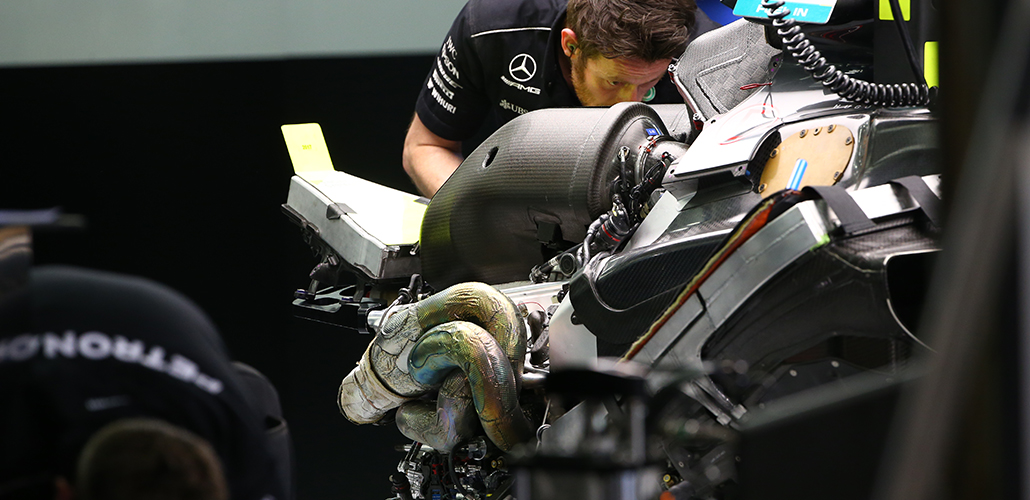For this first installment dedicated to the F1 technical teams, we met the men behind the Silver Arrows, with newsmakers (Allison, Costa and Willis) as well as a few lesser known but vital members.
JAMES ALLISON —TECHNICAL DIRECTOR
James Allison arrived at Enstone in 1991 with his aerospace engineering degree from Cambridge in hand. Giorgio Ascanelli was set to hire him on the spot. John Barnard, who was running the Godalming design office, was less enthused but agreed to a meeting… Allison was eventually hired. A year later, Allison was at Bicester running Larrousse’s English operations, created by Robin Herd. In 1994 he was back at Benetton working with Willem Toet and Nikolas Tombazis in the ex-military wind-tunnel at Farnborough. After his involvement in the construction of the new Enstone wind-tunnel, he left for Maranello in 2000 to re-join Ross Brawn and oversaw the track aerodynamics over five triumphant seasons. Despite the success, he left the Emilia-Romagna region so his children could remain in school in Great Britain.
Allison was back at Enstone in 2005 as assistant technical director, during which Fernando Alonso won his two world titles. In 2009, he was put in charge of factory operations following the dismissal of his mentor Pat Symonds. Through hard work and daring, but not always rewarded (remember the 2011 lateral exhaust system), he united the renamed Lotus team when it was bought by Genii Capital. The ‘low-budget’ team collected two wins and 24 podiums in 2012 and 2013. But despite the promising results, the squad’s financial situation led him to accept an offer from Ferrari team boss Stefano Domenicali, who was looking to whip the Prancing Horse into shape.

His return to Maranello in 2013 was a struggle. The inadequate engine architecture (undersized turbine) and outdated aerodynamics of the F14-T resulted in a winless 2014. While the SF15-T – the first Ferrari where he could control a considerable portion of the conception – was better (three wins for Sebastien Vettel). But in spite of a more innovative approach, the SF16-H didn’t live up to its lofty expectations. Ferrari President Sergio Marchionne initiated a massive reorganisation in the design office. Allison didn’t agree with some aspects of the plan that indirectly questioned his work. (and perhaps his desire to return to England to be with his kids after the violent death of his wife). So both parties chose to end their collaboration early in July 2016.
The current form of the SF70-H (of which he can take credit for) proves he was making hay. Tipped to move to Renault, Allison was brought into Mercedes as technical director. While Paddy Lowe was an executive director like Toto Wolff, Allison is – like Bob Bell was - responsible for coordinating a stable and close-knit technical team of leading engineers (see the following pages). While he was recruited by Ferrari to sort out the technical department, at Mercedes, Allison manages a group of world title winning engineers at Brackley.

 '
'



